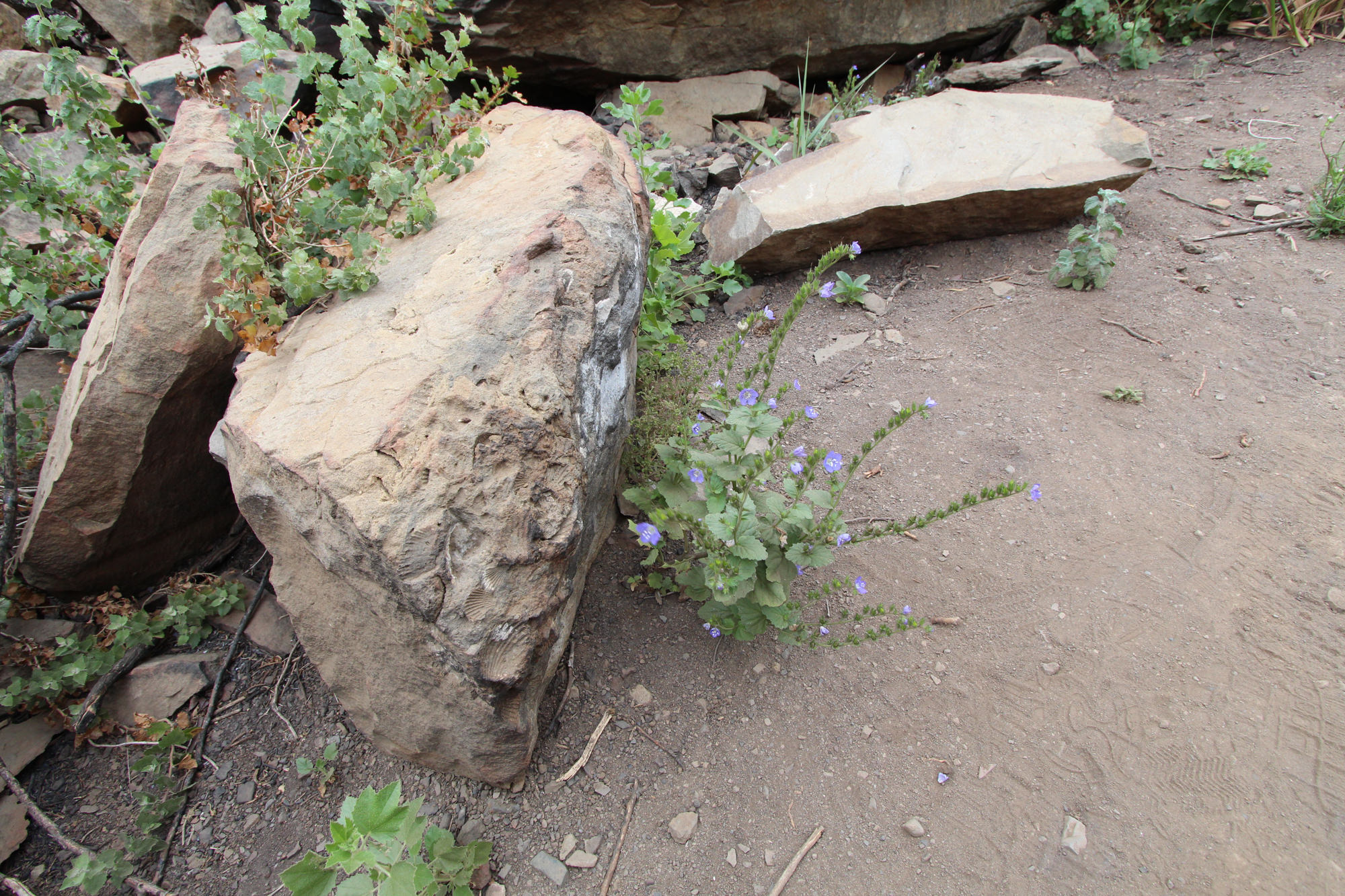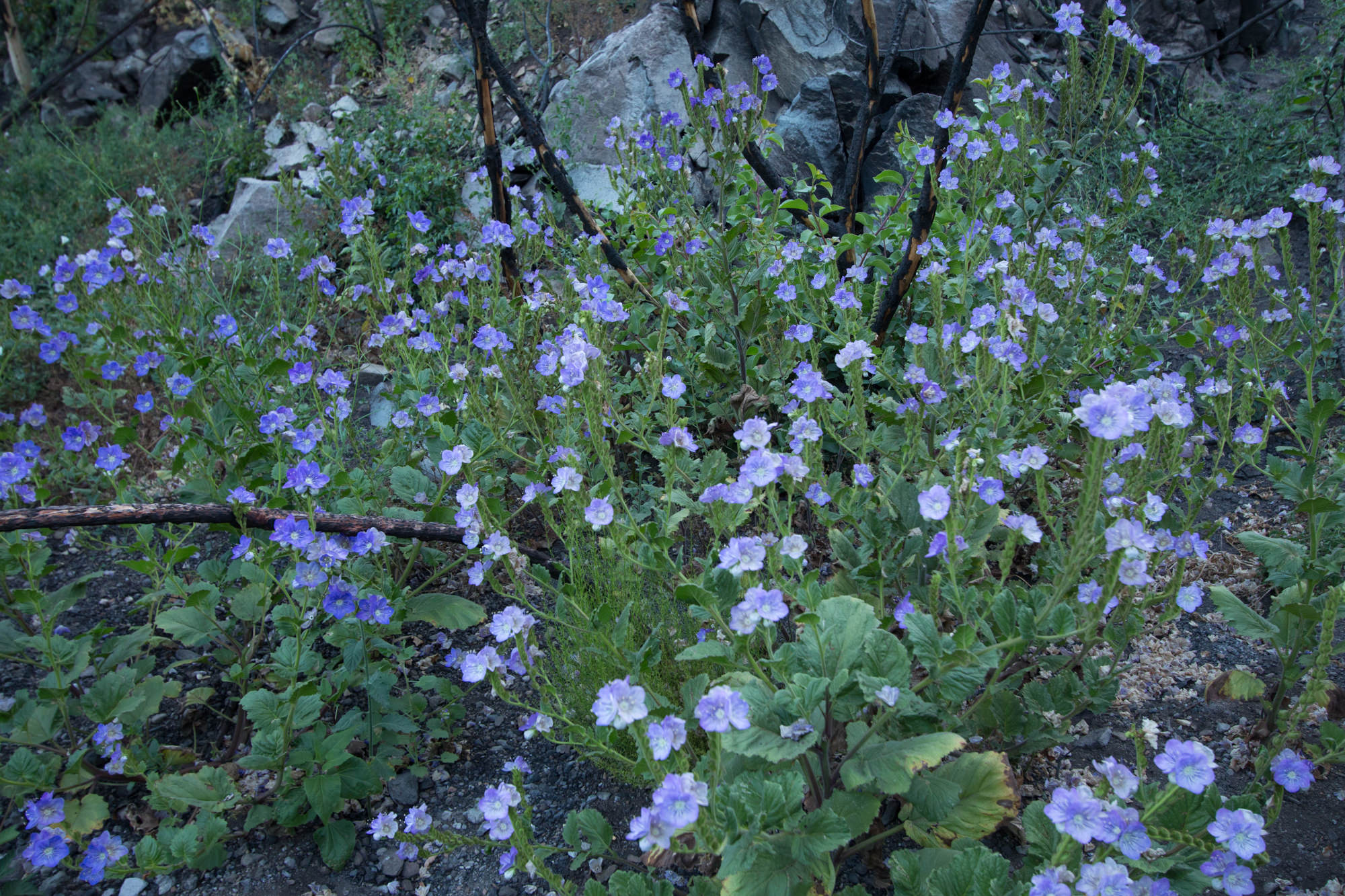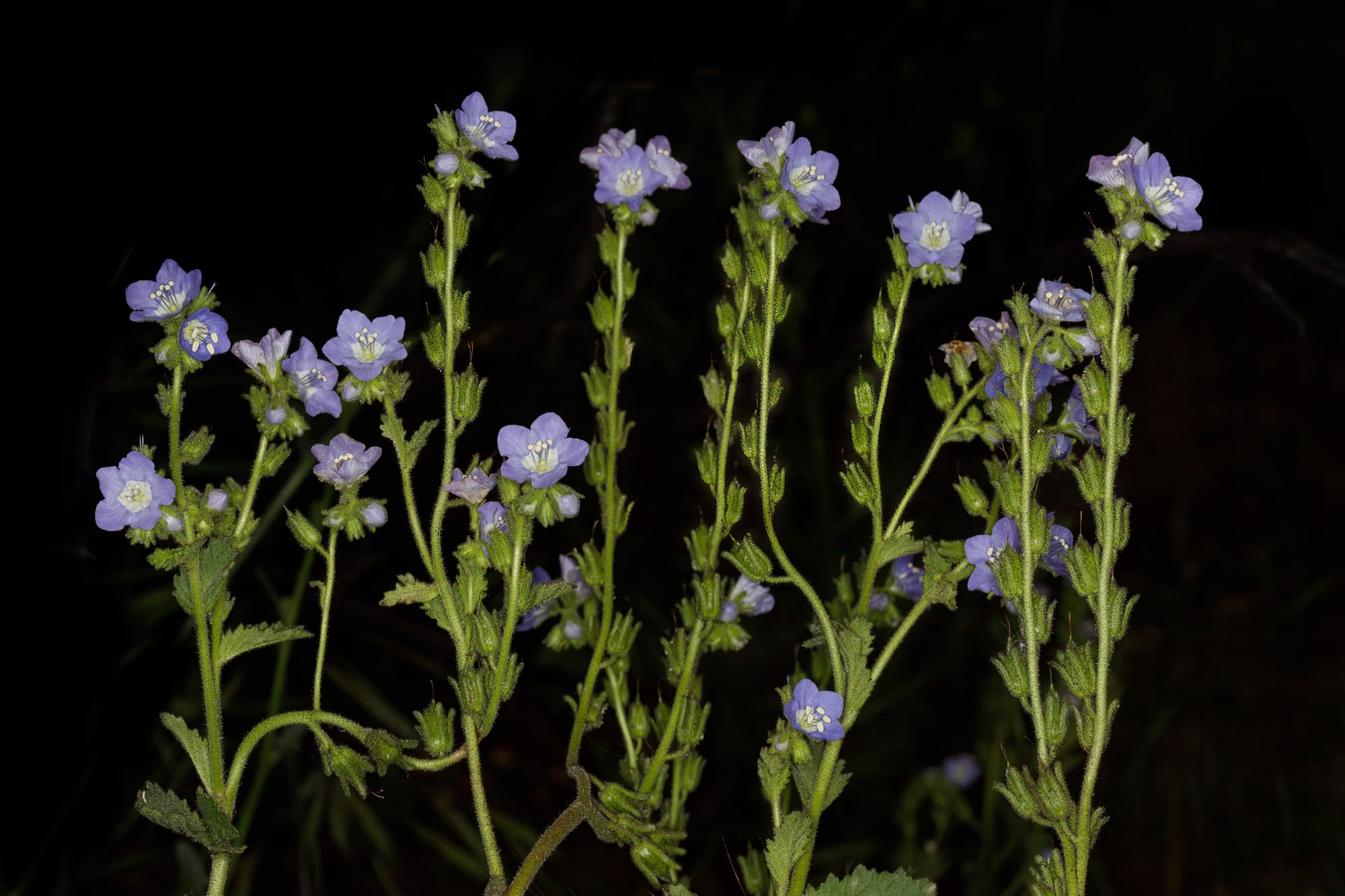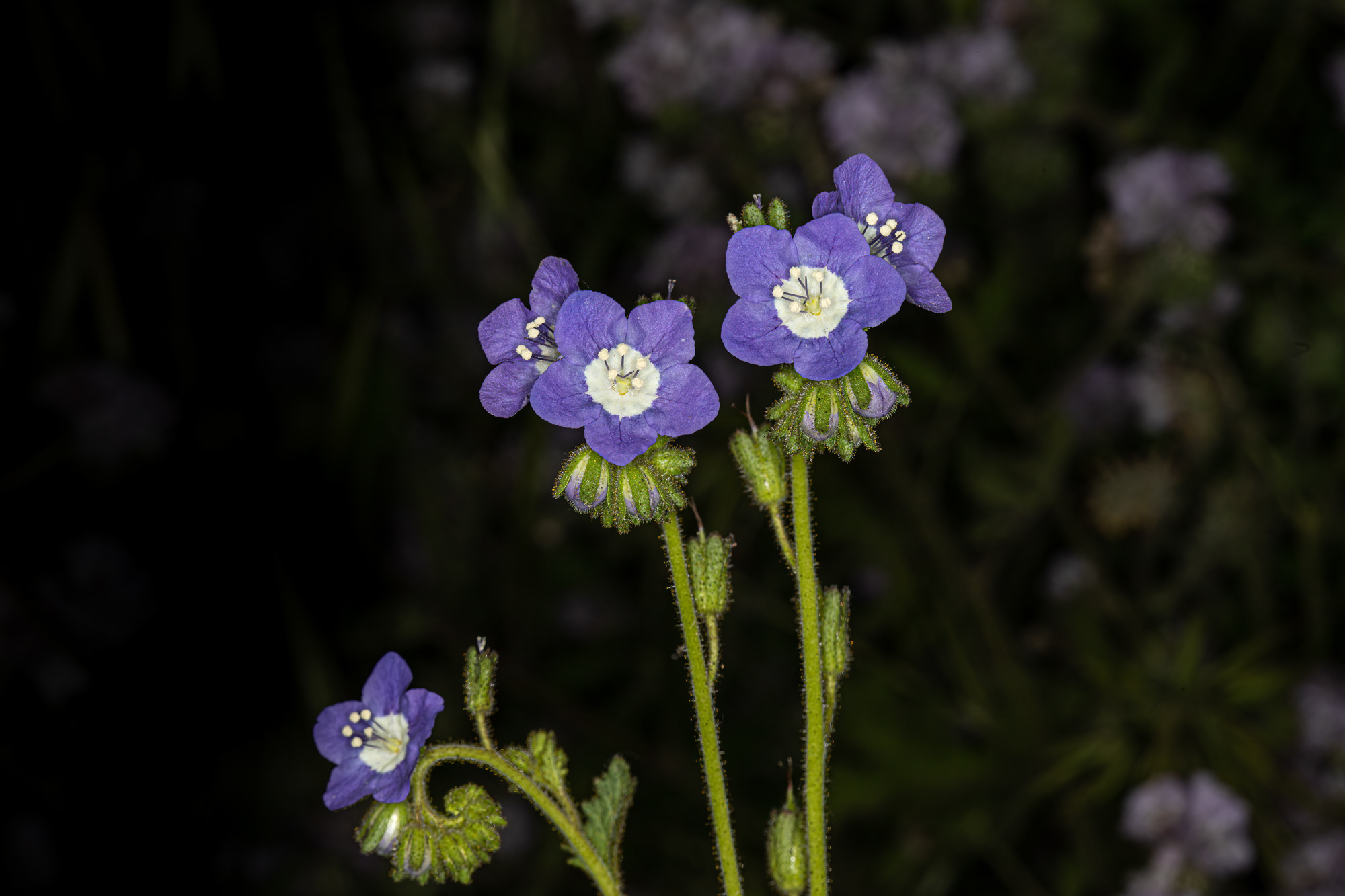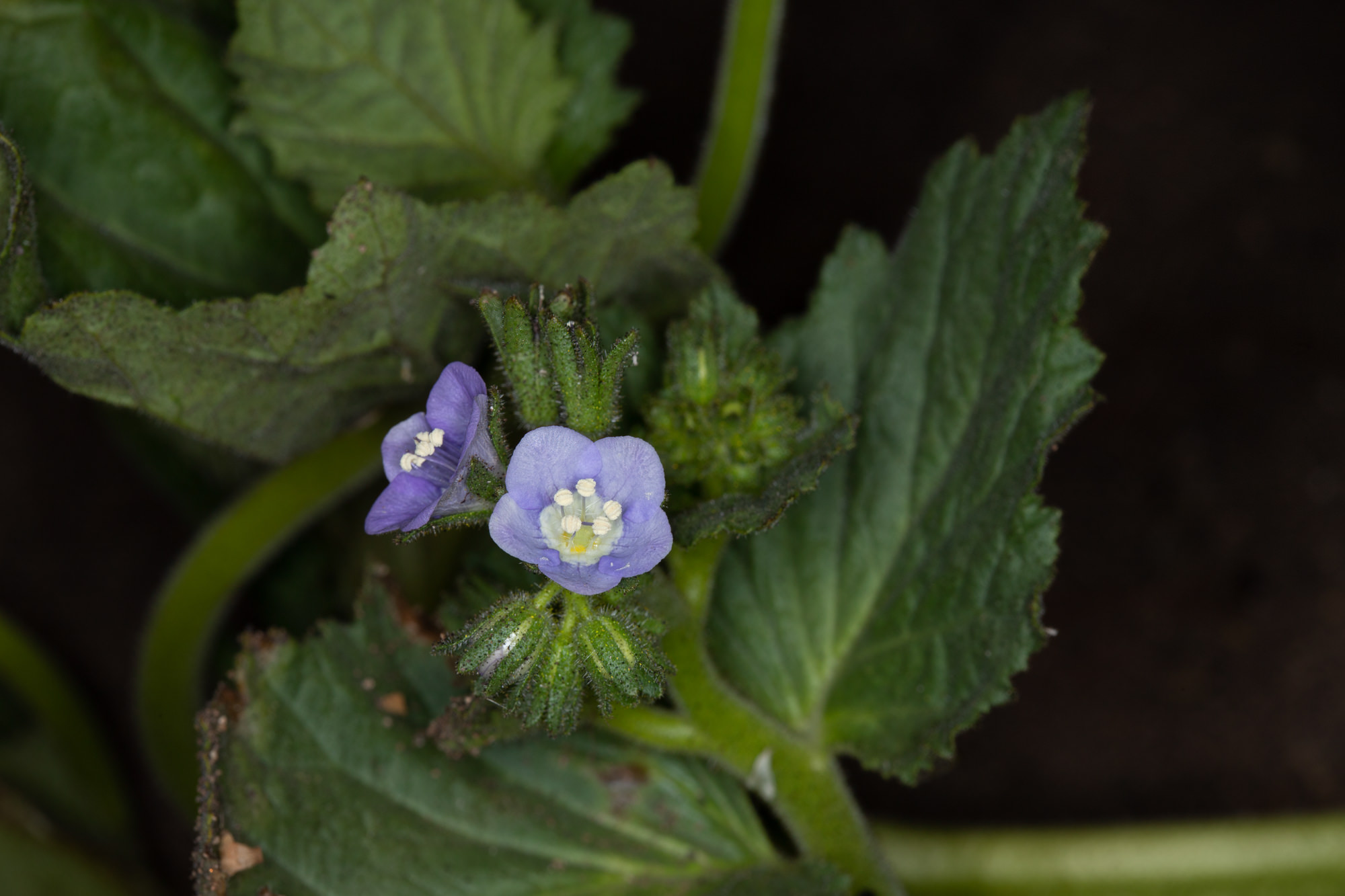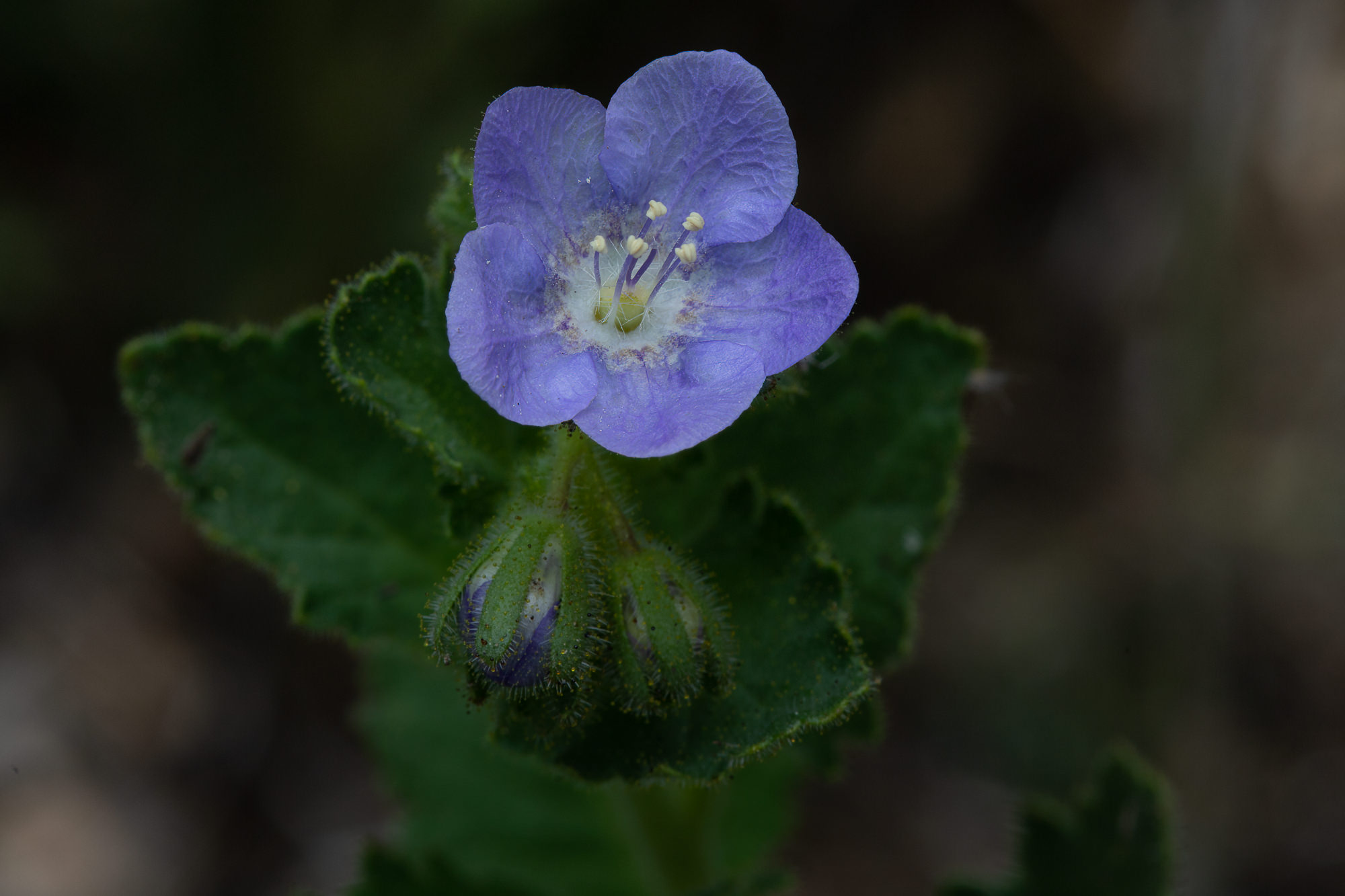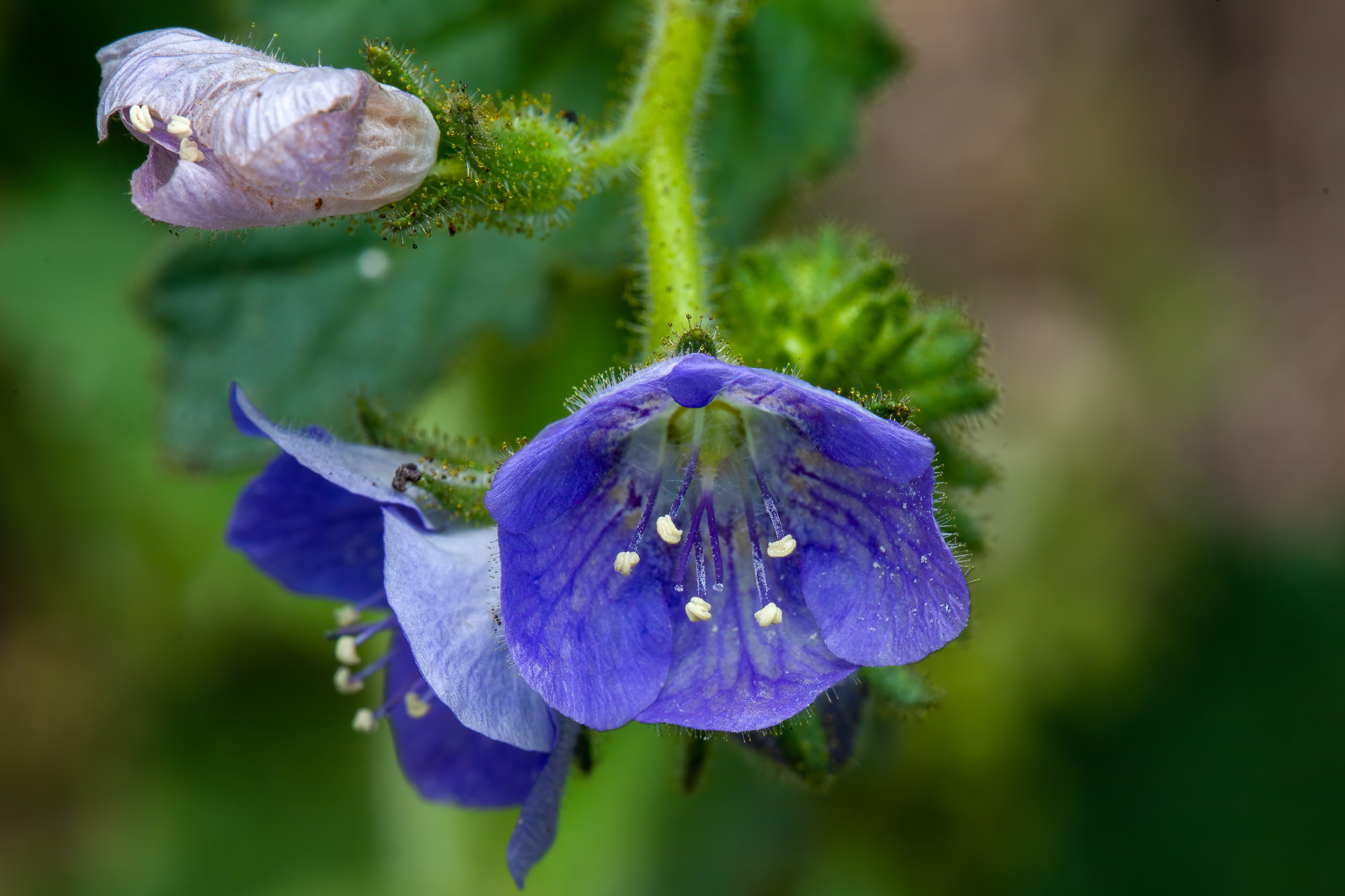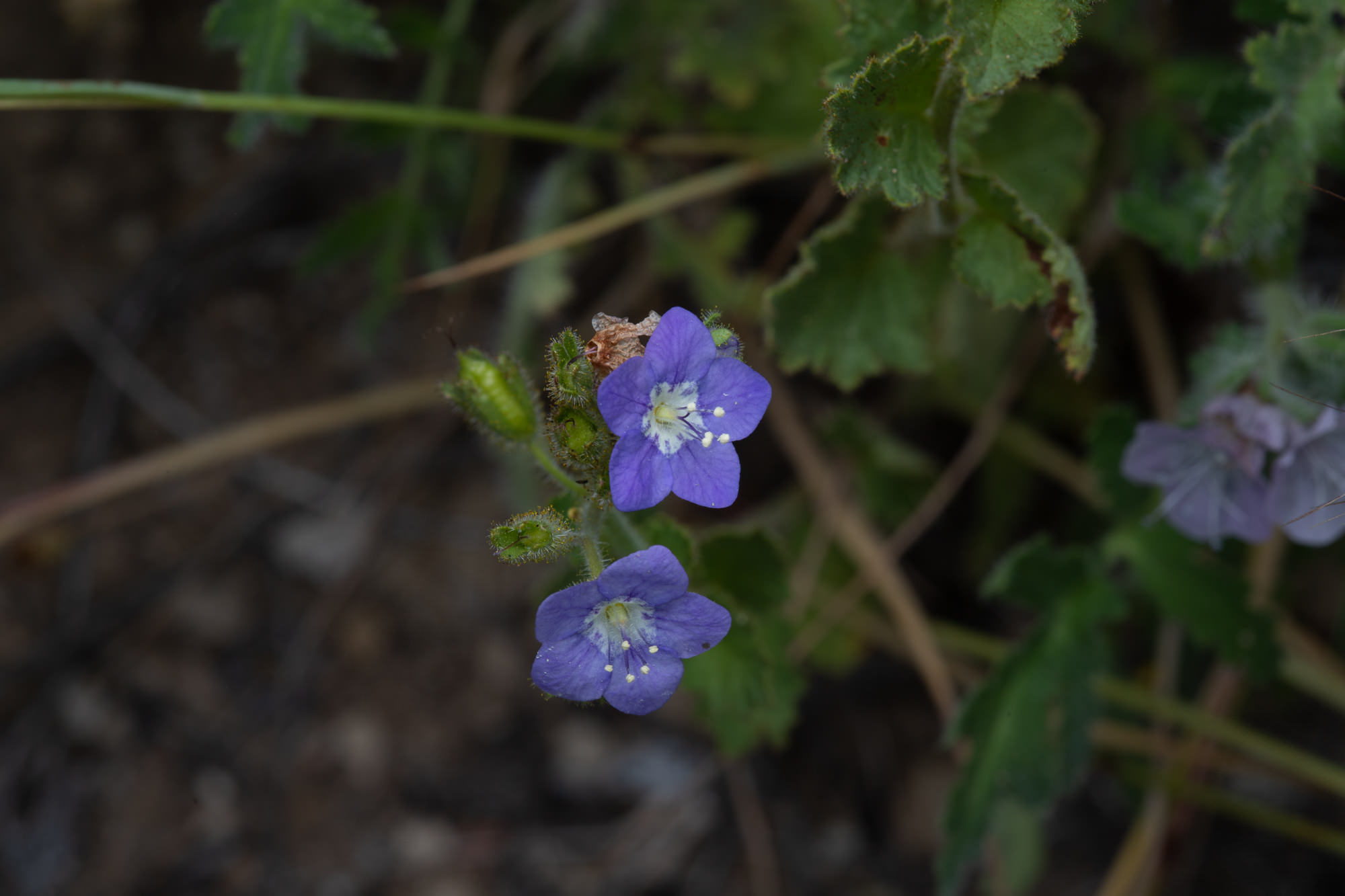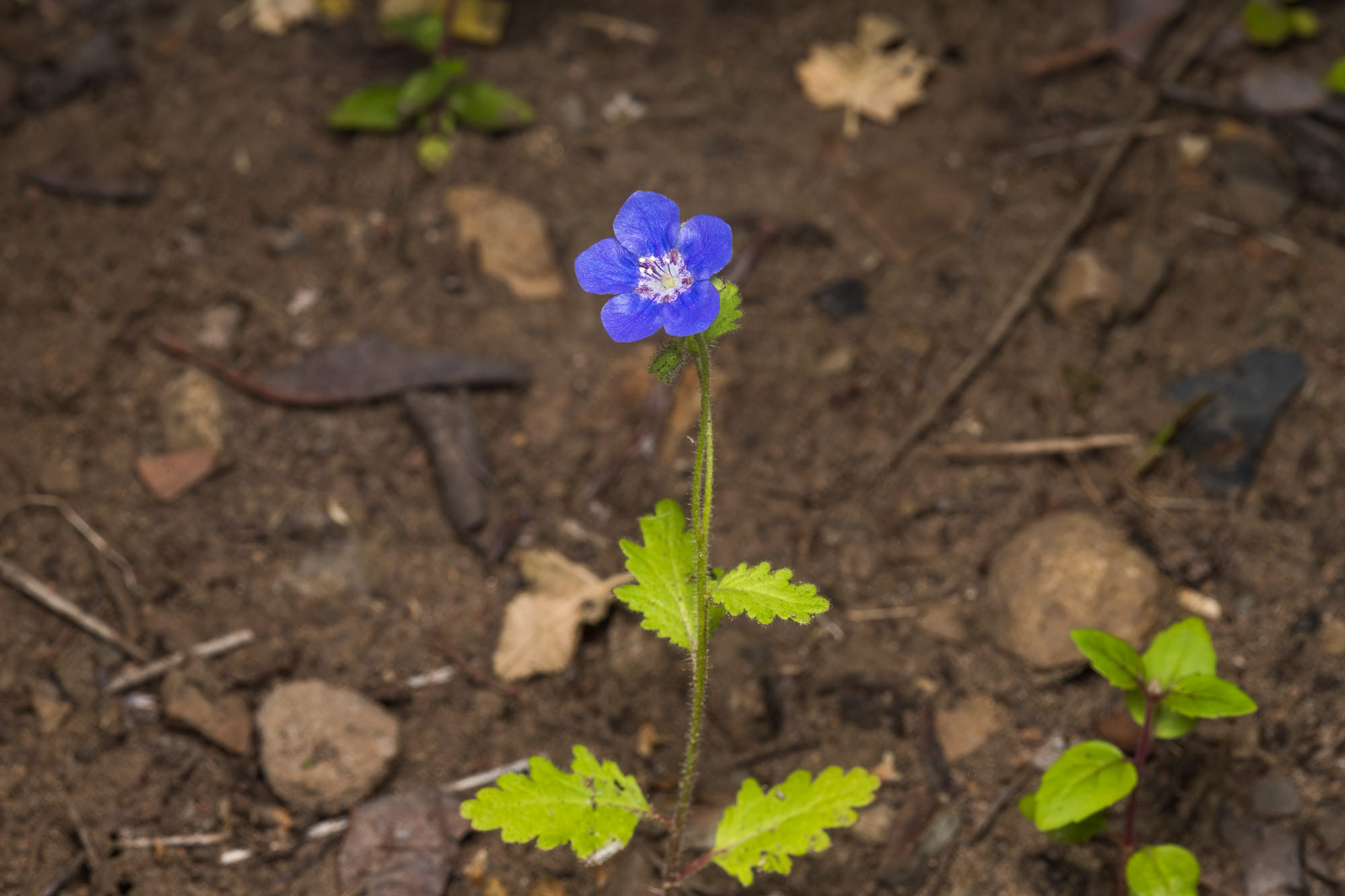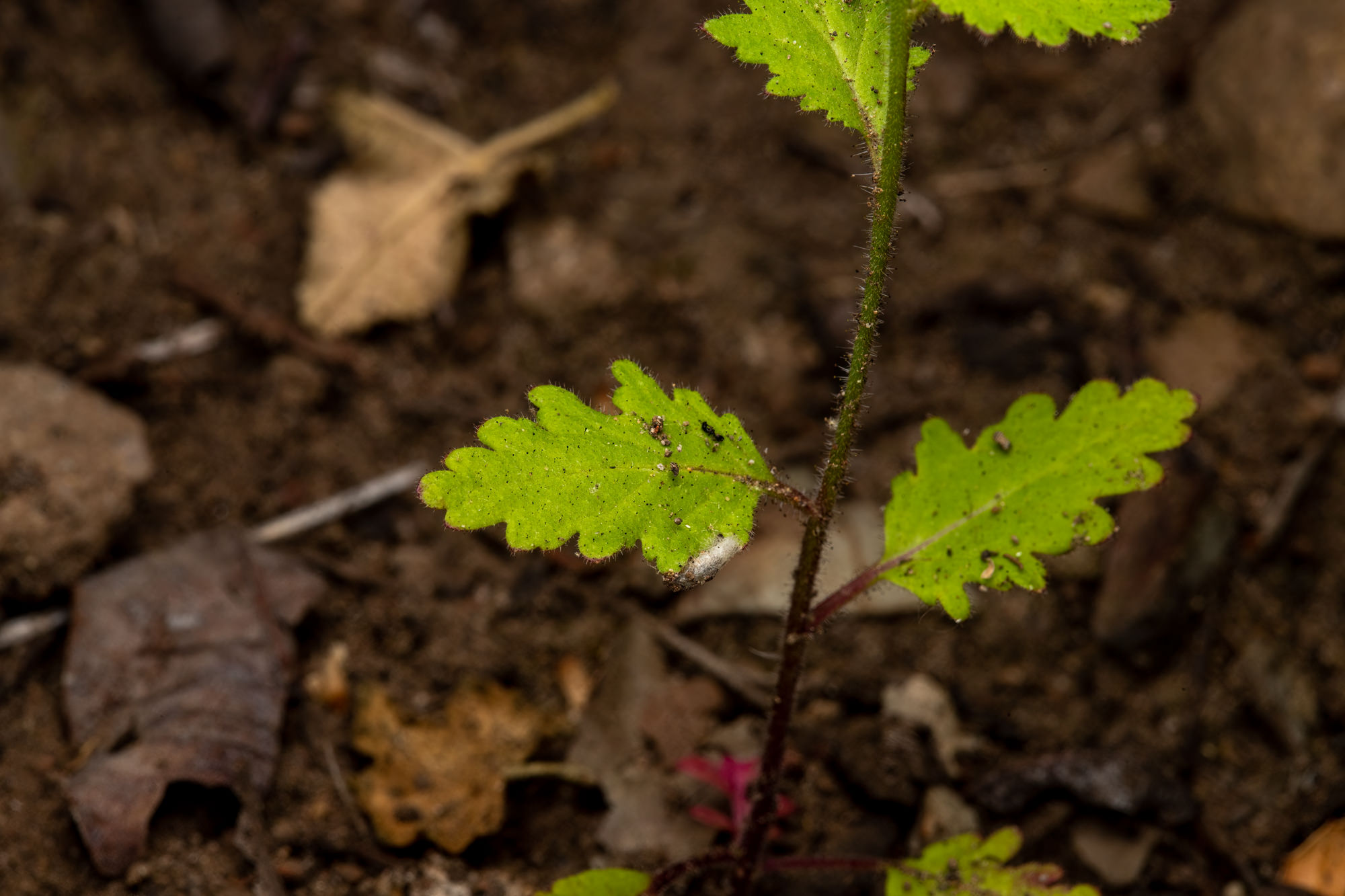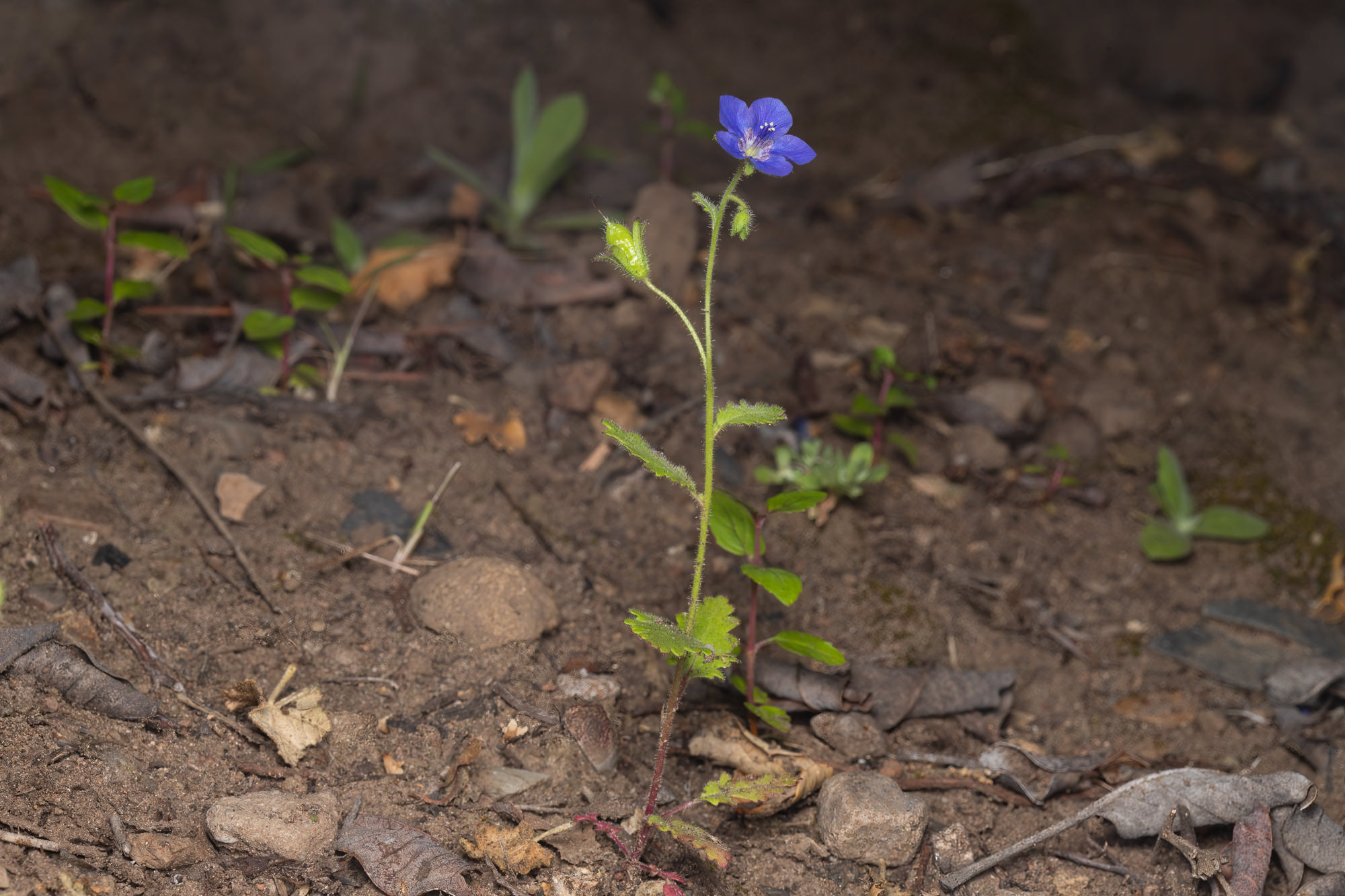Sticky Phacelia
- Phacelia viscida
| Common Name(s): | Sticky Phacelia |
| Scientific Name: | Phacelia viscida |
| Family: | Boraginaceae (Borage) |
| Plant Type: | Annual |
| Size: | Up to 30 inches |
| Habitat: | Coastal sage scrub and chaparral |
| Blooms: | March to June |
| Fire Response: | Germinate from Seed |
Sticky Phacelia - Phacelia viscida is a species in the Boraginaceae (Borage) family. It is native to the Santa Monica Mountains as well as the coastal hills and mountains of central and southern California down into Baja California. Coastal sage scrub and chaparral are the preferred habitat. Like many flowering annuals that live in this community, their numbers go up exponentially after a fire. Three or four years after a fire and this plant will be only occasionally seen. When in bloom your attention will be directed at the flowers: five petals, mostly blue to lavendar. They bloom in March and the plant will likely be dead and gone by August.
Sticky Phacelia is annual herb growing erect to a maximum height just under 30 inches or 70 centimeters. Look closely and you will observe that the plant is hairy and if you make the mistake of touching it: sticky and coated in soft and stiff, glandular hairs. This is one of those plants that you are advised not to touch. Staining your clothing is annoying but may pale when compared to the potential rash that makes a poison oak rash seem like a short holiday. One of our trail crew members lived through the experience of handling the plant without gloves - and became forever vigilant in the presence of this seemingly harmless beauty.
Leaves alternate along the stem, are mostly oval with “toothed” edges/margins and grow on petioles ( a stalk that joins the leaf to the stem). The hairy flower cluster is a curving cyme of five-lobed flowers. Each flower is up to 2 centimeters wide and usually deep blue to lavender in color with a paler, mottled center. The five protruding stamens are tipped with white anthers.
Link to Calflora.net - the best source of this fascinating information.
Name Origin: Phacelia is from the Greek phakelos, “bunched”, in reference to the bunched flowers of some species; brachyloba is from the Greek brachy, “short”, and loba, “lobes”, a description of the leaves
Fire Response: this plant sprouts from seed.
Contributed by George Sherman
Featured Plants in the Boraginaceae (Borage) Family:
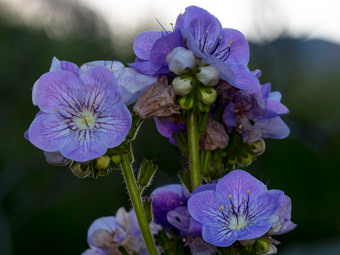
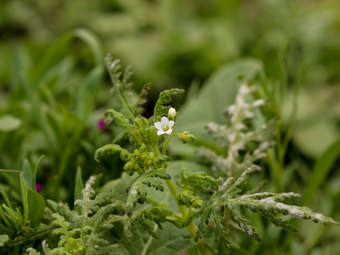
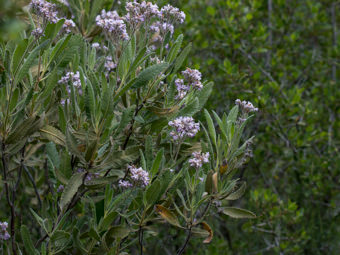
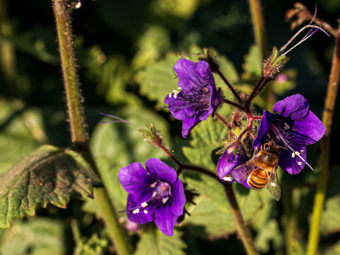
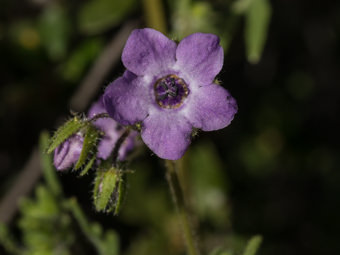
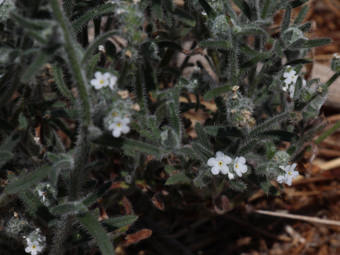
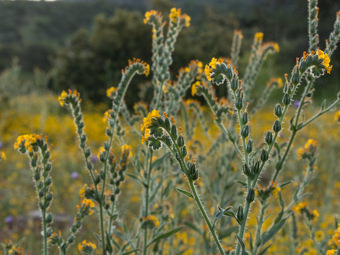
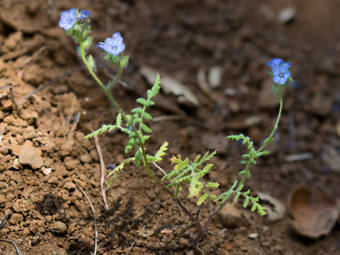
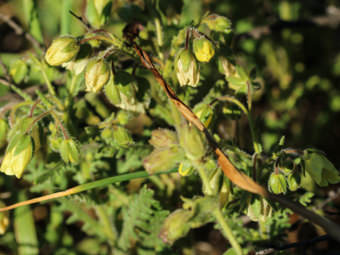
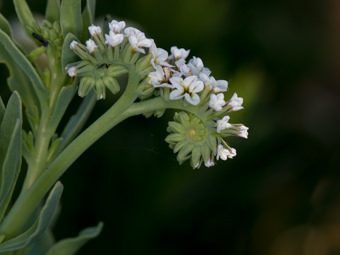
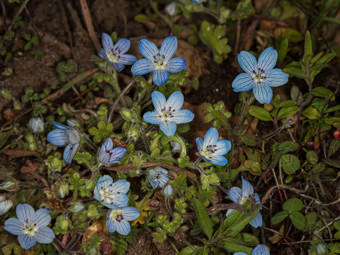
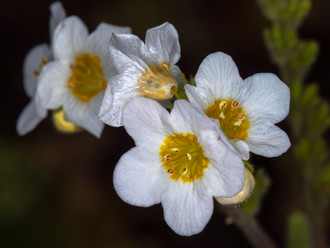
Last modified: August 21 2024 15:18:55.
Number of Images: 13
Image Size Total: 4,904,523
References:
Wildflowers of the Santa Monica Mountains, by Milt McAuleyFlowering Plants: The Santa Monica Mountains, Coastal and Chaparral Regions of Southern California, by Nancy Dale
Chumash Ethnobotany: Plant Knowledge Among the Chumash People, by Jan Timbrook
Leaf Shapes Primer - Botanical Terms for Leaves: - Link

